The English Foxhound, a breed renowned for its elegance and endurance, has captivated dog enthusiasts for centuries with its rich history and remarkable hunting prowess. …
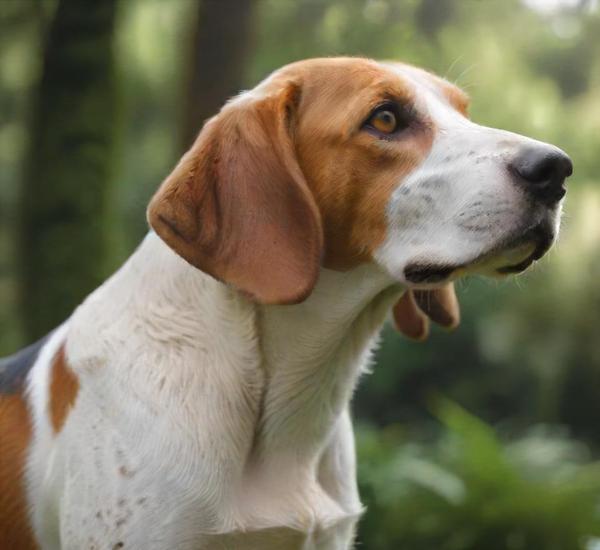
Happy Paws: All About Dogs

The English Foxhound, a breed renowned for its elegance and endurance, has captivated dog enthusiasts for centuries with its rich history and remarkable hunting prowess. …
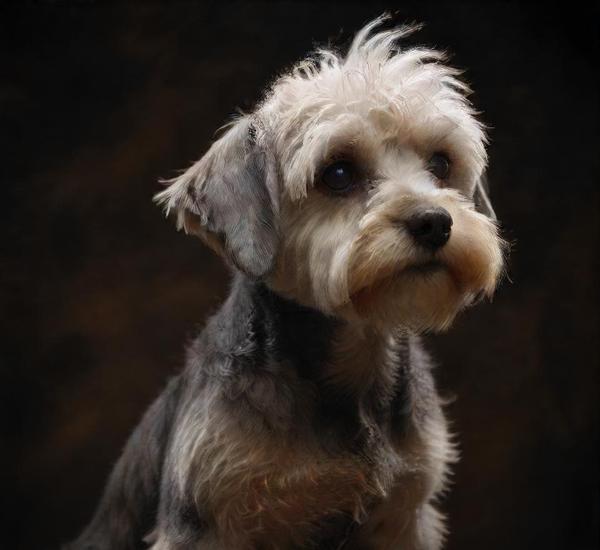
The Dandie Dinmont Terrier is a charming and distinctive breed that captures the hearts of dog enthusiasts with its unique appearance and spirited personality. Known …
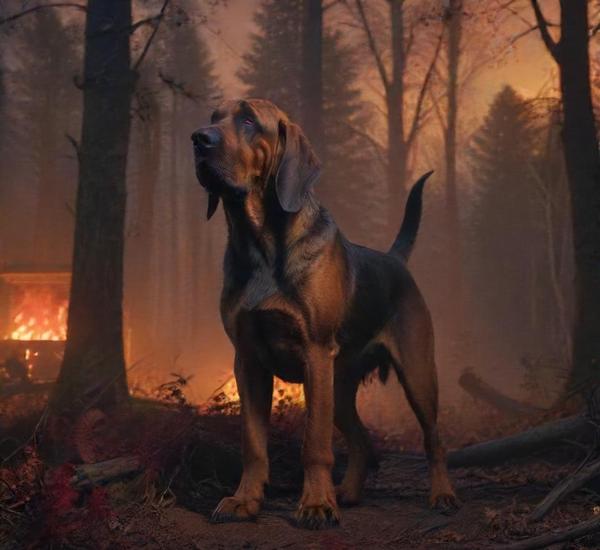
The Bloodhound is a breed renowned for its remarkable tracking abilities and distinctive, soulful expression. Originating from medieval Europe, this venerable breed has long been …
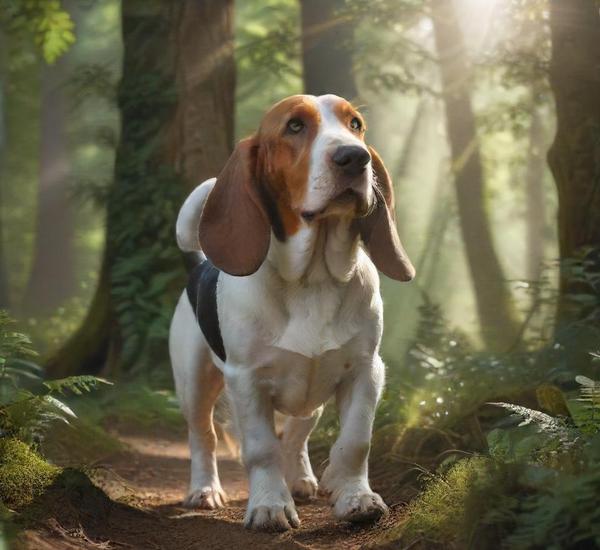
The Basset Hound, with its distinctive droopy eyes and long, velvety ears, is a breed that captures hearts with its endearing appearance and gentle demeanor. …
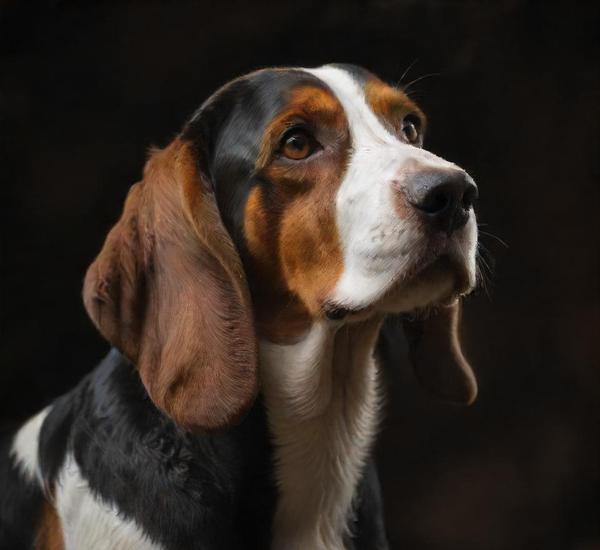
The Chien Français Tricolore, often simply called the Tricolore, is a captivating and elegant breed renowned for its exceptional hunting prowess and striking appearance. Originating …
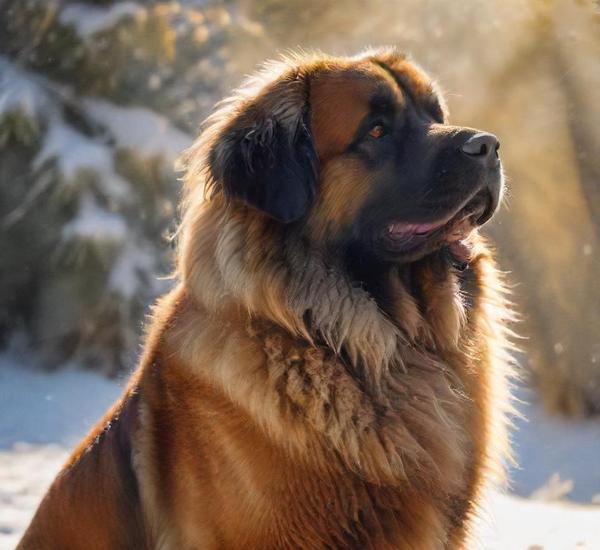
The Leonberger is a majestic and gentle giant, renowned for its impressive stature and friendly demeanor. Originating from Germany in the 19th century, this breed …
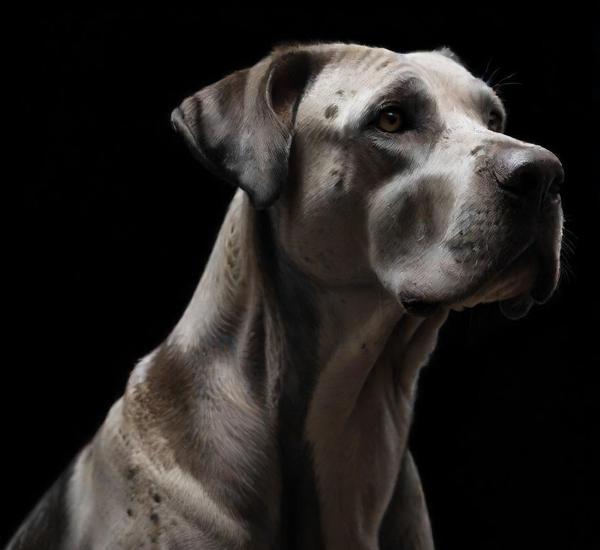
The Great Dane, often referred to as the “Apollo of dogs,” commands attention with its impressive size and regal demeanor. Known for their towering stature …
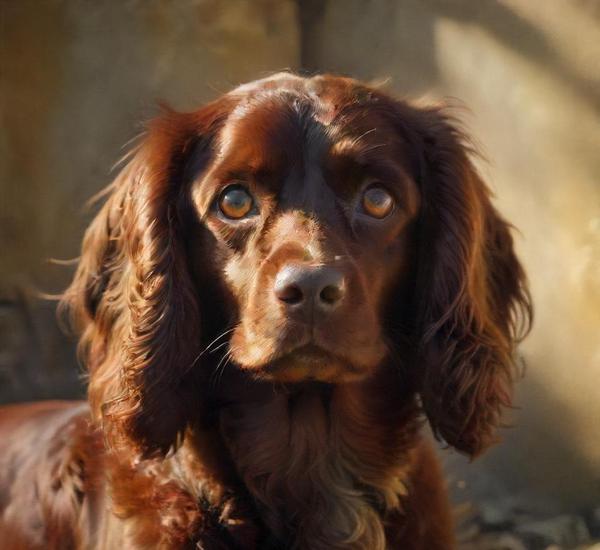
The Picardy Spaniel, a charming and versatile dog breed originating from the northern regions of France, is a breed that captivates with its grace and …
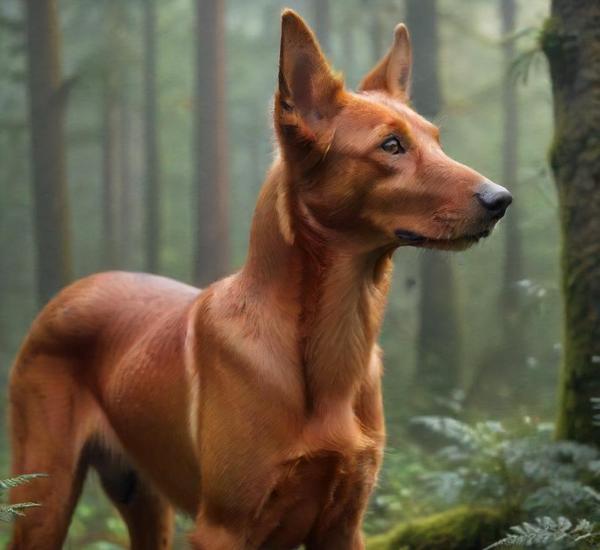
The Finnish Hound, known for its remarkable hunting prowess and charming demeanor, is a breed that stands out in the world of canine companions. Originating …
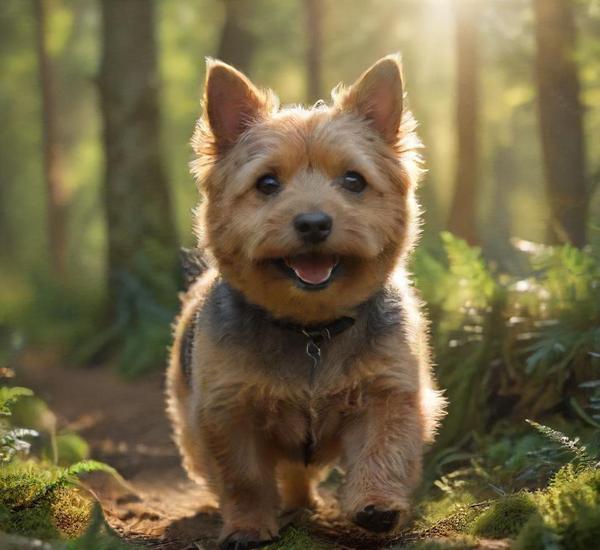
The Norwich Terrier, a small yet spirited breed, captivates dog lovers with its unique charm and boundless energy. Originating from the quaint town of Norwich …